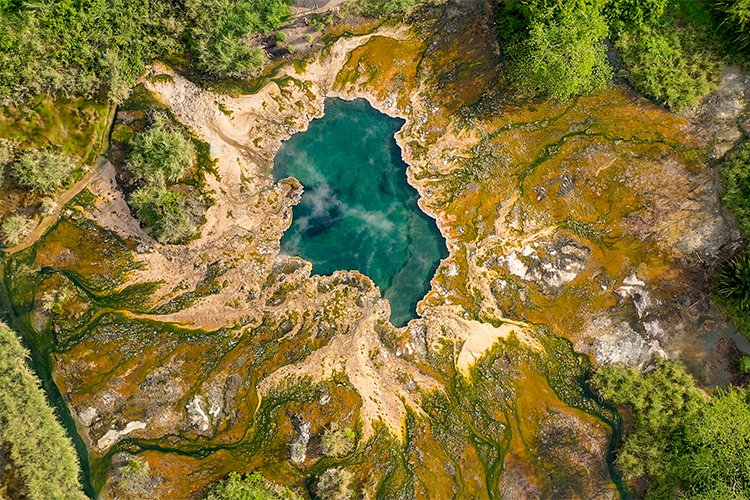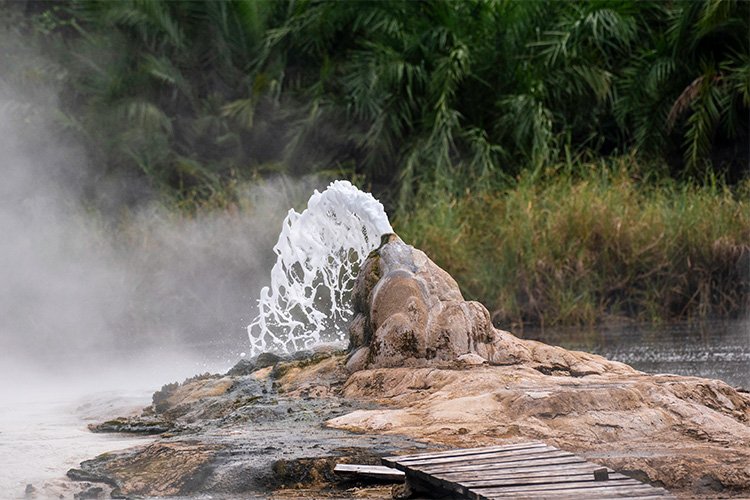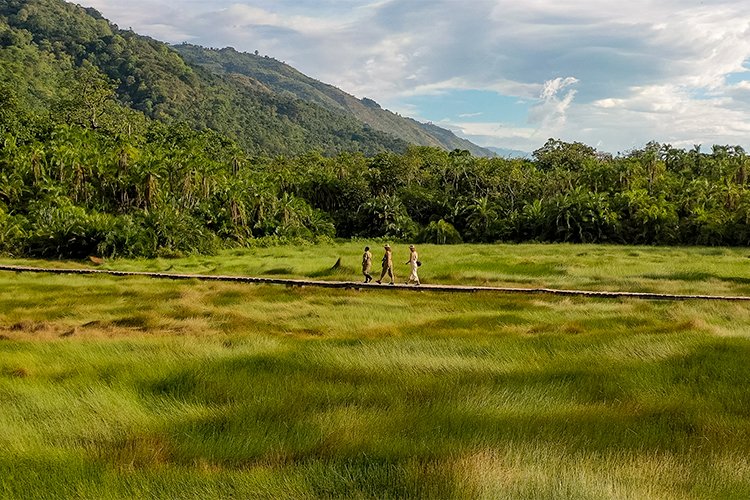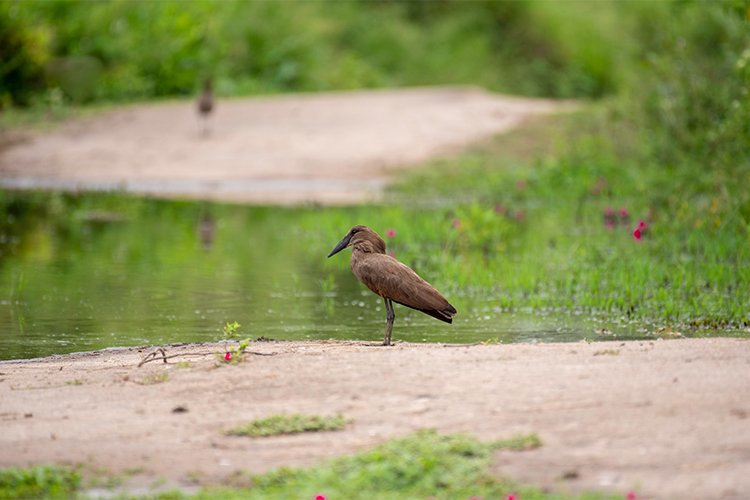Semuliki National Park, a hidden gem on Uganda’s western border with the Democratic Republic of Congo, offers visitors a unique experience with its lowland tropical rainforests and rich biodiversity. Originally established as Semuliki Forest Reserve in 1932, it gained national park status in 1993. This park, the only lowland tropical forest in East Africa, spans over 220 square kilometers, protecting an ecosystem that has remained largely unchanged for millions of years.
Semuliki’s landscape is shaped by its position in the Semuliki Valley, part of the Albertine Rift Valley. Large portions of this low-lying park flood during the rainy season, a reminder of when the entire valley lay submerged beneath a vast lake around seven million years ago. Today, the park provides a glimpse into Central Africa’s rich biodiversity, hosting species typically found deeper in the Congo Basin.

Hot Springs: Semuliki’s Sempaya Hot Springs, locally known as “the male” and “the female” springs, are a popular attraction showcasing the park’s geothermal activity with bubbling waters and striking mineral deposits.
Rich Flora and Fauna: The park is home to 53 species of mammals, including forest elephants, antelope species, baboons, chimpanzees, and hippos along the Semuliki River. Over 441 bird species and 300 butterfly species, including 46 forest swallowtails, have been recorded.
Unique Vegetation: There are diverse plant species, including tall West African oil palms, creating a distinct Central African atmosphere. Visitors can explore lush, shaded trails while enjoying the sounds of local wildlife.



Diverse Birdlife: As one of Uganda’s top birding destinations, Semuliki hosts 35 Guinea-Congo forest biome species, such as the Spot-breasted Ibis, Hartlaub’s Duck, Congo Serpent Eagle, and Chestnut-flanked Goshawk. Visitors may also spot rare species like the Yellow-throated Cuckoo and Western Bronze-naped Pigeon.


Semuliki National Park offers rare wildlife encounters in Uganda. Large mammals such as elephants, chimpanzees, and forest buffalo roam the dense vegetation, while hippos and crocodiles are common along the Semuliki River. The park’s remote trails provide opportunities to observe diverse primates like baboons and black-and-white colobus monkeys. With over 120 mammal species recorded, Semuliki’s biodiversity is a highlight of any visit.
From Kampala to Fort Portal: Visitors can reach Semuliki via two main routes:
Both routes can be accessed by 2-wheel-drive vehicles, although a 4-wheel-drive is recommended during the rainy season.